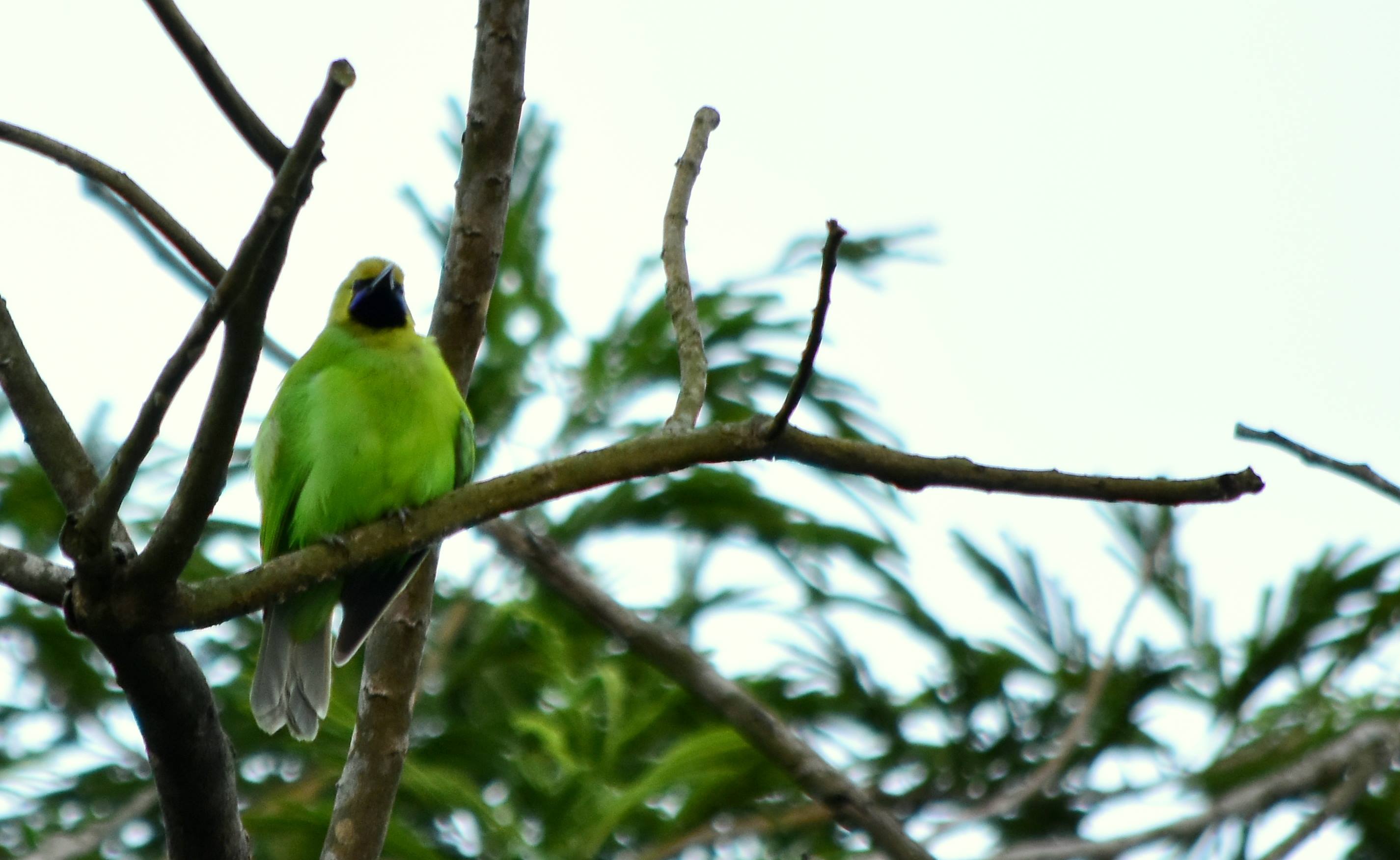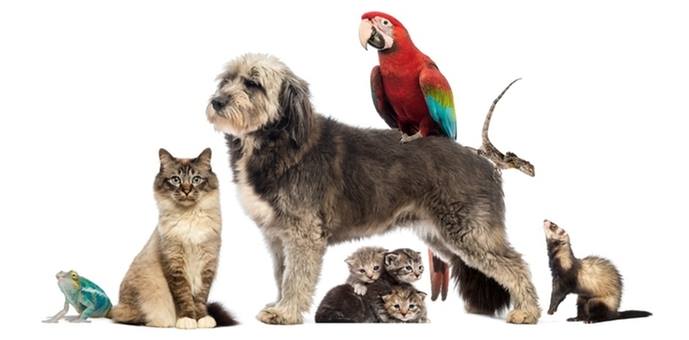Biodiversity and Taxonomy; its present, future and its importance
 Biodiversity, the variety of life, is distributed heterogeneously across the Earth (Gaston 2000). This variety can refer to genetic, species (number of species) or ecosystem variation on earth. Genetic variety is the source of species diversity; it occurs both within and among populations. From C. Linnaeus to present around 1.4 to 1.6 million species have been named and described (Stork 1988) and the current rate of description of new species is about 15,000 per year (Stork 1993). Now the question is how many species we have in the planet. There are different methods to determine how many species in the planet, quantitative hypothesis method determined species number on earth by focusing on 18 taxonomic groups, including all kingdoms of eukaryotes and predicted 7.77million species of animals, 298,000 species of plants, 611,000 species of fungi, 36,400 speciesofprotozoa and 27,500 species of chromists; in total the approach predicted that 8.74 millionspecies of eukaryotes exist on earth of which 1.2 million species are already catalogued and 91 % species are still waiting to be discovered (Mora et al. 2011).
Biodiversity, the variety of life, is distributed heterogeneously across the Earth (Gaston 2000). This variety can refer to genetic, species (number of species) or ecosystem variation on earth. Genetic variety is the source of species diversity; it occurs both within and among populations. From C. Linnaeus to present around 1.4 to 1.6 million species have been named and described (Stork 1988) and the current rate of description of new species is about 15,000 per year (Stork 1993). Now the question is how many species we have in the planet. There are different methods to determine how many species in the planet, quantitative hypothesis method determined species number on earth by focusing on 18 taxonomic groups, including all kingdoms of eukaryotes and predicted 7.77million species of animals, 298,000 species of plants, 611,000 species of fungi, 36,400 speciesofprotozoa and 27,500 species of chromists; in total the approach predicted that 8.74 millionspecies of eukaryotes exist on earth of which 1.2 million species are already catalogued and 91 % species are still waiting to be discovered (Mora et al. 2011).
Taxonomists are working to define species and their intra- and interspecific relationships for biodiversityanalysis and its conservation by species databases, field guides, collections, and references, this help to do ecosystem health monitoring, assessment and management (Hilty and Merenlender 2000). Biodiversity analyses help researchers to study spatial and temporal dynamics of species within an ecosystem for determining conservation priorities and detect keystone species or indicator species (Hilty and Merenlender 2000) for specific habitat management. Traditional morphology-based taxonomy is a slow, imprecise process, focused on restricted groups of organisms (Brunswick 2012), but now DNA based identification (DNA bar-coding) coupled with high throughput DNA sequencing on next generation sequencing opens a new door for biodiversity assessment and biomonitoring in immediacy, accuracy and quantity of observable information (Yoccoz 2012).
For the detection of the species in conservation biologyespecially in taxonomy, DNA barcoding is a novel system designed to provide rapid, accuratespecies identifications by using short, standardized gene regions as internal species tags (Hebert and Gregory 2005). DNA barcoding uses a standardized short sequence of DNA as a key character for species-level identification and discovery (Hilty and Merenlender 2000). It also has revealed a substantial number of cryptic species among morphologically defined species, associated sexes, and reinforced identification of species that are difficult to distinguish morphologically (Janzen et al. 2005), even at a taxonomically unidentifiable stage (Swartz et al. 2008). DNA barcoding system uses the 648 bp region of the cytochrome c oxidase 1 (CO1) gene region. This region is short but there is still variation between animal species (Hebert and Gregory 2005). As a consequence, it will make the Linnaean taxonomic system more accessible, with benefits to ecologists, conservationists, and agencies charged with the control of pests, invasive species, and food safety (Hebert and Gregory 2005). For example, from 2009, German Barcode of Life Project (GBOL - www.bolgermany.de) developed a reference library of more than 16,000 animal species, and it is especially comprehensive for Coleoptera, Hymenoptera, Neuroptera, Heteroptera and Lepidoptera (Morinière et al. 2016).
That meansthat by increasing working efficiency of taxonomists during species identification it is helping to save biodiversity. There are lots of biological branches (ten such listed in figure-1) that require taxonomic work as backbone. Taxonomist complies the information on where species have been found in the past and present time that help to explain species diversity with the relation of climate change. Due to ecological changes across the globe we found lots of invasive species across the world.
This is one of the major threats to endemic or local flora and fauna. Determining invasive species helps in natural habitat management of natural resources and controlling the pest species. For the development of in-situ conservation or developing a national park we need taxonomic studies to determine the species.
Taxonomy helps the conservatorsto evaluate the biodiversity to determine the goods and services for the human. If we think now of the present situation of the nature, one out of eight birds, one out of four mammals, one out of four conifers, one out of three amphibians, six out of seven marine turtles arethreatenedto extinction due to habitat loss and degradation, climate change, excessive nutrient load and other forms of pollution, over-exploitation and unsustainable use and invasive alien species (Millenium Ecosystem Assessment 2010). Present scenario of the biodiversity research is still not well enough, we don’t have enough taxonomic data for natural habitat management and that we need to study spatial and temporal dynamics of species within an ecosystem to determine conservation priorities and detect keystone species forapplications inbiodiversity conservation.
Bibliography
Brunswick N (2012) Biomonitoring 2 . 0 : a new paradigm in ecosystem assessment made possible by next-generation DNA sequencing. Mol Ecol 21, 2039–2044
Gaston KJ (2000) Global patterns in biodiversity. Nature 405, 220-227.doi:10.1038/35012228
Hebert PDN, Gregory TR (2005) The promise of DNA barcoding for taxonomy. Syst Biol 54:852–9. doi: 10.1080/10635150500354886
Hilty J, Merenlender A (2000) Faunal indicator taxa selection for monitoring ecosystem health. Biol Conserv 92:185–197. doi: 10.1016/S0006-3207(99)00052-X
Janzen DH, Hajibabaei M, Burns JM, et al (2005) Wedding biodiversity inventory of a large and complex Lepidoptera fauna with DNA barcoding. Phil. Trans. R. Soc. B 360, 1835–1845 doi:10.1098/rstb.2005.1715
Millenium Ecosystem Assessment (2010) Ecosystems and Human Well-Being: Biodiversity Synthesis. World Resources Institute 285, 30-42. doi: 10.1057/9780230625600
Mora C, Tittensor DP, Adl S, et al (2011) How many species are there on earth and in the ocean? PLoS Biol 9:1–8. doi: 10.1371/journal.pbio.1001127
Morinière J, Araujo BC De, Lam AW, Hausmann A (2016) Species Identification in Malaise Trap Samples by DNA Barcoding Based on NGS Technologies and a Scoring Matrix. PLoS ONE 11(5): e0155497. doi: 10.1371/journal.pone.0155497
Stork NE (1993) How Many Species Are There. Biodivers Conserv 2:215–232. doi: 10.1371/journal.pbio.1001127
Stork NE (1988) Insect diversity: facts, fiction and speculation. Biol J Linn Soc 35:321–337. doi: 10.1111/j.1095-8312.1988.tb00474.x
Swartz ER, Mwale M, Hanner R (2008) A role for barcoding in the study of African fish diversity and conservation : review article. S Afr J Sci 104:293–298.
Yoccoz NG (2012) The future of environmental DNA in ecology. Mol Ecol 21, 2031–2038
Writer:
Md Safiqul Islam, Master in Evolution, Ecology & Systematics , Ludwig-Maximilian University of Munich, Germany
Alexander E. Hausmann, PhD candidate , Ludwig-Maximilian University of Munich, Germany



